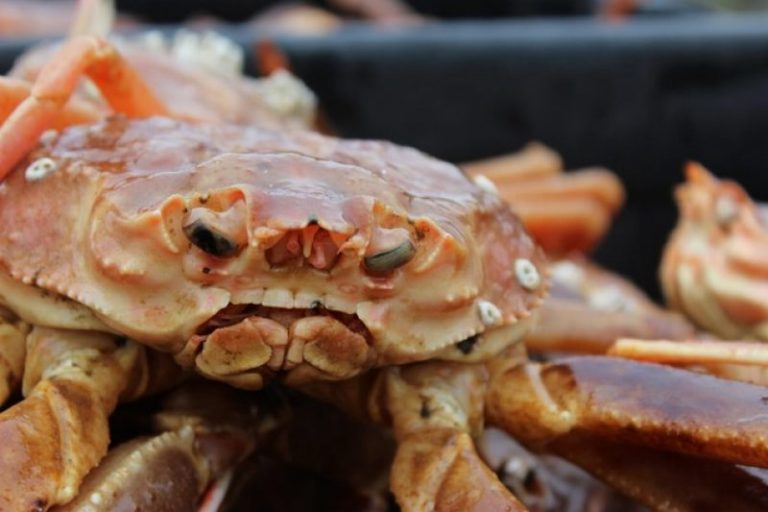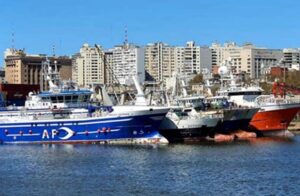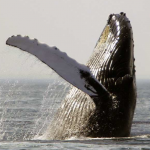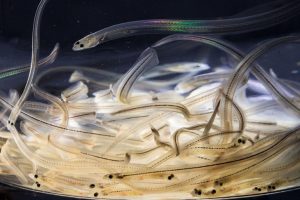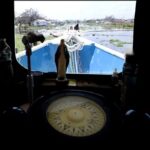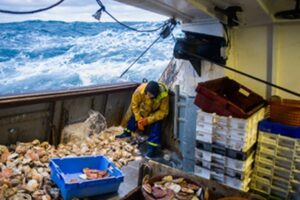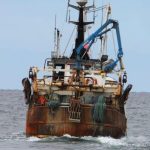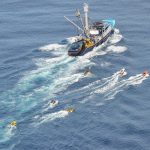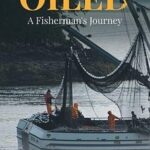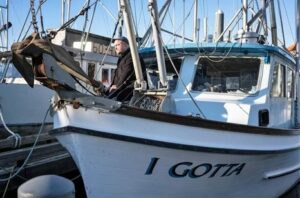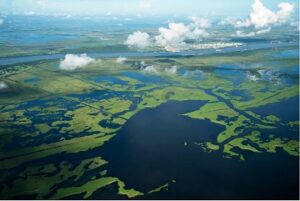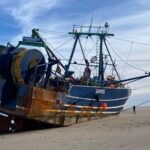Tag Archives: pink
Catching a glimpse of the Mississippi seafood industry
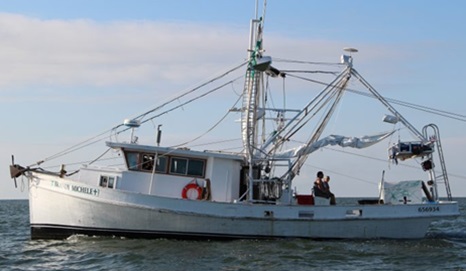 If you were asked to list the seafood available from the nutrient-rich waterways along the Mississippi Gulf Coast, how many could you name? What comprises the shellfish? The finfish? Go! Sadly, I could only name a few. That is why there is a website provided by Mississippi Seafood that gives us the information we need. The seafood identification, scientific name, common name, season, peak season, and similar species are included. There are suggested cooking methods and a description regarding the flavor of each seafood mentioned. There are brown, pink, and white shrimp, oysters, and blue crabs under the shellfish category. Then, for the finfish, there are Mississippi Gulf Black Drum, Flounder, Mullett, and Red Drum. Red, Mangrove, Lane, and Yellowtail are part of the snapper family. Another one is the Mississippi Spotted Sea Trout. more, >>CLICK TO READ<< 09:34
If you were asked to list the seafood available from the nutrient-rich waterways along the Mississippi Gulf Coast, how many could you name? What comprises the shellfish? The finfish? Go! Sadly, I could only name a few. That is why there is a website provided by Mississippi Seafood that gives us the information we need. The seafood identification, scientific name, common name, season, peak season, and similar species are included. There are suggested cooking methods and a description regarding the flavor of each seafood mentioned. There are brown, pink, and white shrimp, oysters, and blue crabs under the shellfish category. Then, for the finfish, there are Mississippi Gulf Black Drum, Flounder, Mullett, and Red Drum. Red, Mangrove, Lane, and Yellowtail are part of the snapper family. Another one is the Mississippi Spotted Sea Trout. more, >>CLICK TO READ<< 09:34
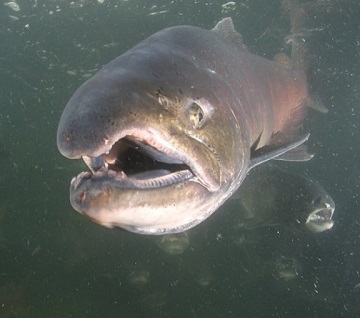
What salmon eat in the open ocean
After one to two years of munching on zooplankton in freshwater, young sockeye – or smolt – head for salt water to begin the next chapter of their anadromous lives, where there’s a whole different menu available. Dr. Katie Howard studies salmon diets in the open ocean and is an ocean fisheries scientist with the Alaska Department of Fish and Game. “The sockeye, pink and chum, eat a pretty diverse array of invertebrates and fish,” she said. “And the amount that their diets overlap or don’t overlap, is really dependent on where they are.” Howard calls these three species of salmon generalists; for the most part, they’ll eat whatever is available to them. But she says chinook, or king salmon, choose different marine meals. “Chinook tend to focus more on fish and squid. But, which fish and which squid really depends on where they are and what’s available,” she said. >click to read< 11:08

A research expedition returning to Victoria puzzled by a no-show of the fish after an initial big haul
“It is a little difficult for people to accept that scientifically, no catch is sometimes as important as large catches. I think this is the case here,” said Richard Beamish, who is organizing the $1.45-million expedition with fellow B.C. scientist Brian Riddell. “We had relatively large catches of pink, chum and coho early in the survey and there were no salmon in the same area a few weeks later.” It is clear that there are probably large schools of species such as coho that are moving over large areas in response to some factor, Beamish said. The chartered trawler Pacific Legacy No. 1 left Victoria on March 11, headed up to the southern part of the Gulf of Alaska and fished off Dixon Entrance. On Friday, it was 513 miles off Cape Beale, west of Ucluelet. The team expects to return to Victoria on Tuesday. >click to read< 10:32
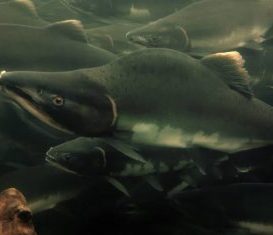
Seafood society suspends its own MSC certification over lack of stock assessment
Canadian Pacific Sustainable Seafood Society has announced the “self-suspension” of the MSC certification for B.C. wild salmon, over concerns that the proper stock assessments required to maintain MSC verification are not being done. The society fears it will lose its MSC certification anyway, since it feels DFO is failing to do the science and monitoring required to maintain the certification, so it is voluntarily suspending it for B.C. sockeye, pink and chum salmon. It may be a moot point this year, since there are no wild salmon being caught this year for consumers to buy. >click to read< 20:12
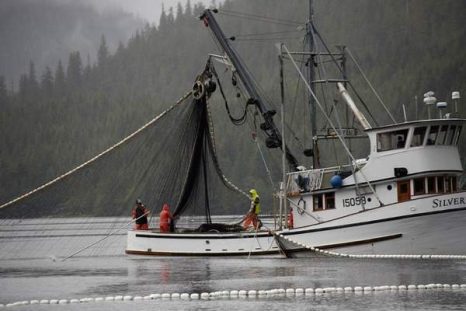
Durango anglers set to head to Alaska for salmon run
The Copper River season takes off mid-May with the king salmon run.,,, A month later, further southeast, Eric Macias and his crew will board the 58-foot Silver Wave, named after a shoal of shimmering coho. It also shares its name with the fish company that sells salmon in filets and cans in Southwest Colorado that Macias and his partner, MJ Carroll, run. “We come in at the end of the king run,” Macias said. “I’m a seiner, so I have a bigger boat, a bigger crew, and I catch a bigger volume of fish at one time.”>click to read<15:30

Lagunitas Creek gets odd visitor: pink salmon
A fish species rarely seen south of Washington state has turned up more than 700 miles away in Lagunitas Creek, part of what has been dubbed a strange beginning to the spawning season. In recent years attention on the Lagunitas Creek watershed has been focused on federally endangered coho salmon and threatened steelhead trout, with efforts made to restore habitat to help those fish. The fish come to the Marin watershed from the ocean each year to spawn. But this year the attention has been on two other species, which have made surprising appearances. click here to read the story 11:36


































